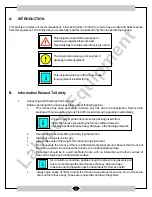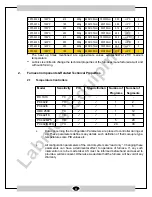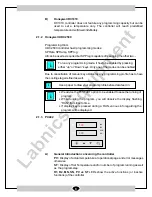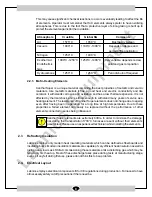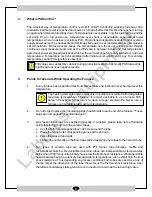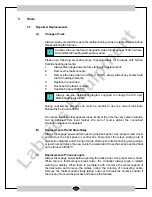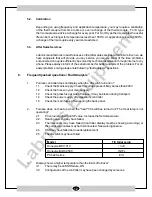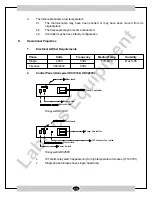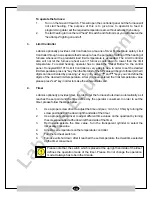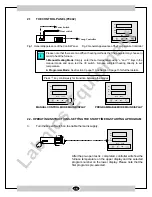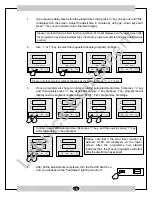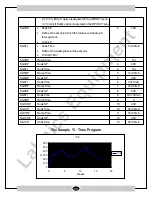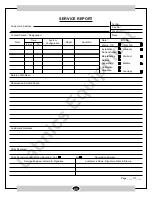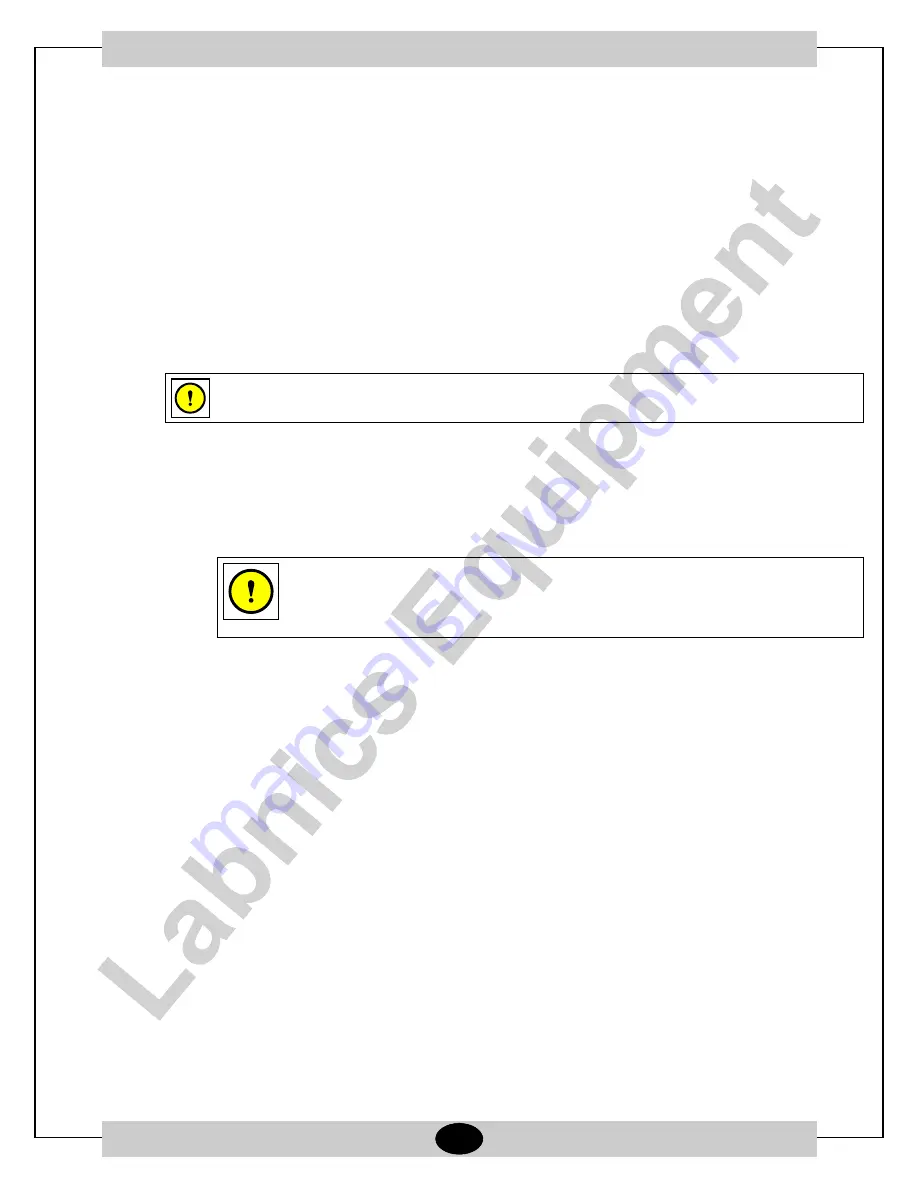
- 9 -
3.
What is PID Control?
The simplest way of temperature control is On/Off. On/Off Controlling supplies full power till a
predetermined Set point is reached and power is turned off after this threshold is reached, turning
on again when temperature drops down. Temperature is never stable, only fluctuating at around the
set point. Due to full power use, temperature over shoot is unavoidable especially at lower
temperatures where heat loss is minimal. PID, Proportional-Integral-Derivative Control systems
supply power as much as necessary and limits applied power as actual temperature gets closer to
set temperature. Microprocessor keeps the temperature rise (heat up) under control through
continuous input measurements and as the difference in between Actual and Set temperatures
gets closer power employed decreases which in the end over shoots are very limited even at lower
temperatures. Temperature control is stabilized after initial over shoot if there is any. For sensitive
temperature control PID algorithm is essential.
PID values are supplied by Labnics during production tests. Do not modify PID data as this
might lead to serious negative results.
4.
Points to Take Care While Operating the Furnace
1.
Every furnace has a specified maximum temperature and it should never be used over this
temperature.
The heating elements and the concerned insulation are related with designated
o
maximum temperature of furnace. It is most advicable to us a furnace 50 C
below of maximum temperature to have a longer element life. Never use a
furnace over its designated maximum temperature.
2.
Do not forget to place the (insulating plugs) heat shields to each end of the furnace. ''These
plugs are not supplied for vertical designs''
3.
Gas feed-in End-Caps are supplied optionally. If supplied ,please take note of following
points for placing them onto the ceramic tubes,
•
Use the Teflon band supplied to wind 2 times around the tube
•
Place the o-ring to its corresponding groove at the end cap
•
Place the caps at tube ends
•
Tighten the nut& bolts on the End-Caps without applying any torque to the ceramic tube
4.
Two types of ceramic tube are used with PTF Series tube furnaces, mullite and
recrystallized alumina. Recrystallized alumina tubes are indispensable at temperatures
higher than 1500°C but unfortunately have a low thermal shock resistance .Whereas mullite
based besides having a relatively low application temperatures, also exhibit high thermal
shock resistance. Thus depending on process conditions both tubes are used. As a rule of
thumb, larger the dimension of the tube the worse is the thermal shock resistance. User
therefore should always take great care not to heat or to cool down the tube at high rates.



